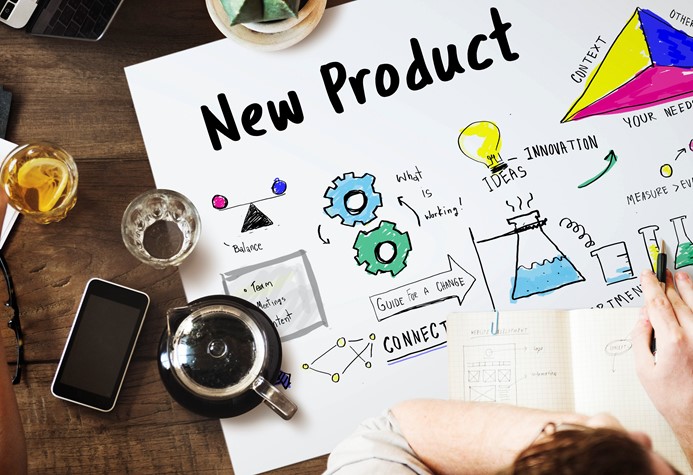Failing fast is probably the last thing you would want to do. As human beings, we are terrified of making mistakes and losing the game.
Fail-fast is a philosophy known to entrepreneurs, especially those who are in the software industry. It is also often associated with widely used product development methods (ever heard of Agile, Waterfall, or Lean?)
To fail-fast is to test all the possible approaches and solutions when developing new products or services with less financial risk. As a result, you can avoid the possibility of a larger failure after investing all your time, energy, and money on one project.
But many people are afraid to pursue the fail-fast concept. This could be due to the “sunk cost bias”. In business and economics, sunk cost refers to “any cost that has been paid and cannot be recovered” regardless of the outcome in the future.

The sunk cost bias is a person’s tendency to continue investing in a losing proposition because of what it has already cost him. “People may give in to the sunk cost bias because they value their hard work or they don’t want to be wasteful,” says Professor David Jarmolowicz of the University of Kansas in Lawrence. The goal of fail-fast philosophy is to avoid this mindset.
Fail-fast is not just a philosophy but also a sound methodology that can drive great transformation to your business. And here’s why.
Pivoting
Pivoting is common in the world of start-ups. This occurs when a company decides to make a significant change to their business strategy or model because their product is not meeting the needs and requirements of their target buyers. The change is not always drastic, other times it can be mild such as focusing on a new set of target customers or changing the platform (for instance, from app to software or the other way around). That being said, pivoting is still not an easy move for some entrepreneurs.

People who can’t accept their mistakes and failures may find it hard to swallow the truth – that their business has failed. Negative emotions and pride can get in the way. And instead of pivoting to Plan B, they become depressed and unable to move on to the next action plan.
According to the CB insights’ Top 20 Reasons Startups Fail, the primary reason start-ups don’t succeed is due to the fact that there is no market for their product! In the competitive world of business, whether you are a start-up or not, time is very valuable. The sooner the company realises their failure, the less time, money and effort wasted.
Failing faster also prompts After-Action Reviews (AAR), allowing people to determine right away what happened and why. This helps the company to address the problem immediately before they realise it’s too late for the big shift.
Advanced Methodology
Even though it is already 2019, many companies are still using the traditional approach or the “waterfall” project management method. Waterfall is a linear-sequential life cycle model, which consists of several discrete phases and requires you to complete each stage of the model before proceeding to the next phase.
The Waterfall model is a simple, straight-forward approach. However, because each stage is terminal and dependent on the previous stage, you cannot proceed to the next stage unless the previous one has been successfully completed. In addition, the time of release for large projects is exceptionally lengthy and making changes during product testing can be a real headache, both in time and money.
Agile method, on the other hand, is iterative, which means the project is done in pieces or “sprints”. These small steps are an ongoing process, allowing constant communication and feedback between developers, testers and customers. The client and the team know exactly what’s been happening in each iteration; Thus, the method reduces risks in the development process.
The first principle of Agile Manifesto states:
Our highest priority is to satisfy the customer through early and continuous delivery of valuable software.
Therefore, if the company discovers quickly that their customers are not happy with their product they can use that feedback and make quick changes to address the possible problem. The earlier errors are detected, the faster they are to fix and the lesser the cost of failures will be.

Lean Start-up
Just like Agile, the Lean Start-up is another method that moves away from the traditional approach. Lean was first introduced by Silicon Valley entrepreneur Eric Ries in 2008. His book The Lean Startup: How Today’s Entrepreneurs Use Continuous Innovation to Create Radically Successful Business is a perfect source to learn all about the Lean Start-up method and its philosophy.
But how does Lean differ from traditional methods? Traditionally, entrepreneurs are used to creating multi-year business plans and spending a lot of time and money to build products without ever knowing if those products can really meet the customers’ needs and solve their problems. With Lean Start-up, the goal is to launch a simple version of the product (also known as the minimum viable products or MVPs), market this product, evaluate customers’ feedback and adjust the product based on the customers’ feedback (pivoting).
“As you consider building your own minimum viable product, let this simple rule suffice: remove any feature, process, or effort that does not contribute directly to the learning you seek.” (excerpt from Lean Start-up book by Eric Ries)
The method of Lean Start-up can help you determine whether to improve your product and identify your customers’ expectations. By testing and getting customer feedback, it can help you save time and money throughout the process of developing your product. Aside from this, it can help you build customer loyalty in the future, which is essential for the success of your business.
If you cannot fail, you cannot learn. — Eric Ries
Fail-fast is not about focusing on failures but to look at failure differently. Treat your failure as a great opportunity to improve your customer satisfaction and build superior innovations. The goal here is not merely to fail but to fail faster so you can also rise and succeed faster.
Interested to learn more about how Fail-fast philosophy can help your company? Hear it from our Agile experts at Life Intelligence Group. For more information, visit our website: https://www.lifeintelligencegroup.com.







